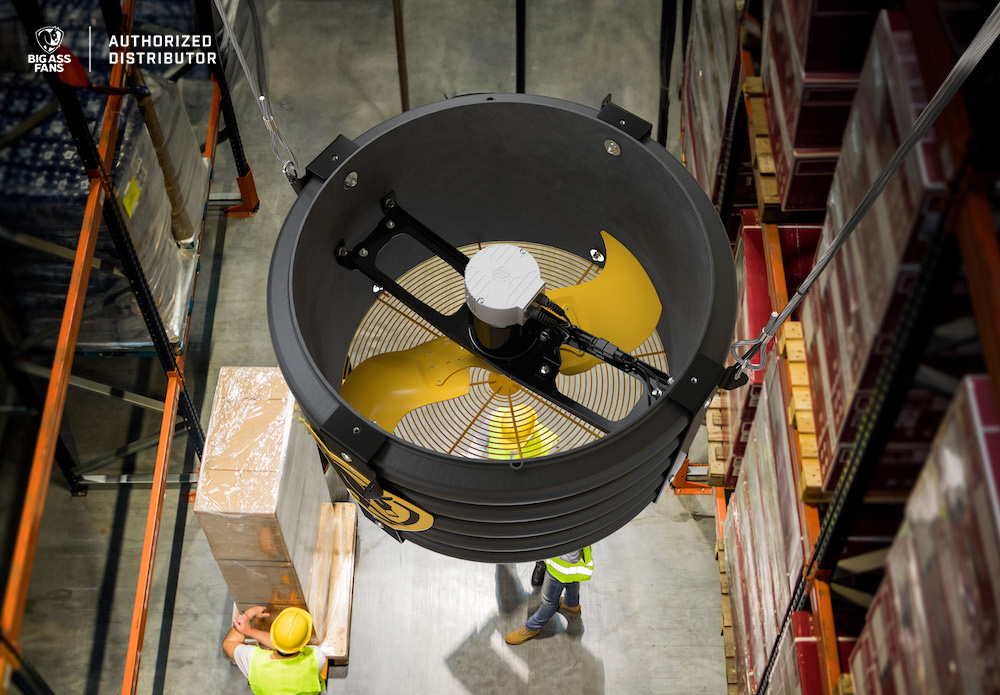When the world first found itself in the grips of a pandemic, there was a significant scramble by scientists the world over to learn everything possible about the Coronavirus, with particular interest in how it was transmitted between people.
It became clear soon enough that the virus was airborne and infection occurred through droplets formed by the infected party via sneezing, coughing and talking. It was also transmitted via high touch surfaces making hand washing incredibly important in the fight against the spread of COVID-19.
The very air we breathe has become something to be conscious of. We take note of how close we stand to other people, we wear facemasks and we also consider the air flow of enclosed spaces.
Enclosed spaces and air circulation
Enclosed spaces where the air was recirculated were quickly noted as hot spots of infection in the early days of the outbreak. That included places like airplanes and other transportation such as taxis and buses where windows weren’t always open.
Over time restrictions loosened and attention turned to making indoor environments as safe as possible. Schools and workplaces started regularly opening windows to bring in fresh air and ventilate spaces.
What is ventilation?
Ventilation is the process of moving fresh air (usually from outside) into a space so that stagnant air is moved via airflow. This can happen naturally when a window is open via wind, thermal buoyancy and differences in air density. To help it along buildings will often use a mechanical system to create airflow. Properly ventilating spaces has become an important focus this year as people returned to workplaces and children returned to schools. Being outdoors helps reduce the risk of spread but sometimes being inside is necessary. At workplaces and schools, it was encouraged to bring the benefits of being outside inside. This is where ventilation comes in.
How does it help to combat the spread of COVID-19?
During the ‘Spanish Flu’ pandemic of 1918-1919 ‘open-air hospitals’ popped up around the globe. It was said by some that the fresh air acted as a ‘disinfectant’. Now that more is known about viruses we know that this ‘disinfectant’ quality was actually the reduction of viral particle concentration. In enclosed spaces the viral droplets are more concentrated and more likely to be breathed in.
Ventilation moves air from outside a building to the inside, it moves it around and then pushes it back outside again. There was some concern for a while that ventilation systems like air conditioners and fans were helping to spread droplets from an infected person into the path of an uninfected person. This was occurring when systems were set up only to re-circulate the same air within a space. To provide the best ventilation, fresh air needs to be moved through a space. Droplets in the air from an infected person will be pushed outside the building rather than being circulated around the room.
How fans can help
When it comes to using fans to increase ventilation, placement is everything. A fan operating by itself in a sealed room is not going to help circulate fresh air, which is what will help reduce the risk of infection. Fans can be placed to work alongside an HVAC system designed to draw in fresh air. Not only will it help to circulate the fresh air more quickly by increasing airflow, but it can also help the system cool or heat a space more effectively and therefore reduce the cost of running it. Alternatively, fans placed near an open window or outside door can also help to increase natural ventilation by creating an air current that draws in the fresh air from outside.
The movement of air and its role in reducing transmission risk has been studied and noted in a number of studies. They denoted that wind played a considerable role in reducing transmission by dispersing COVID particles. So creating wind in indoor spaces via systems such as fans that work to bring in fresh air certainly has scientific baking in terms of its helpfulness.
Since the discovery of COVID-19 (SARS-CoV-2) in 2019 a lot has been learned about the transmission of airborne viruses. As a global community we have all become more conscious of our surroundings, hygiene practices and wellbeing. Access to fresh air has always been important to our health and it has become even more important in our fight against this global pandemic.
If you’re considering fans as an option to increase ventilation at your location, the team at Jet Black would be happy to come by and assess your building. This is a free service that allows us to recommend the best locations for installation in order to optimise airflow and create the best outcome for healthy ventilation.
Sign up to our newsletter




